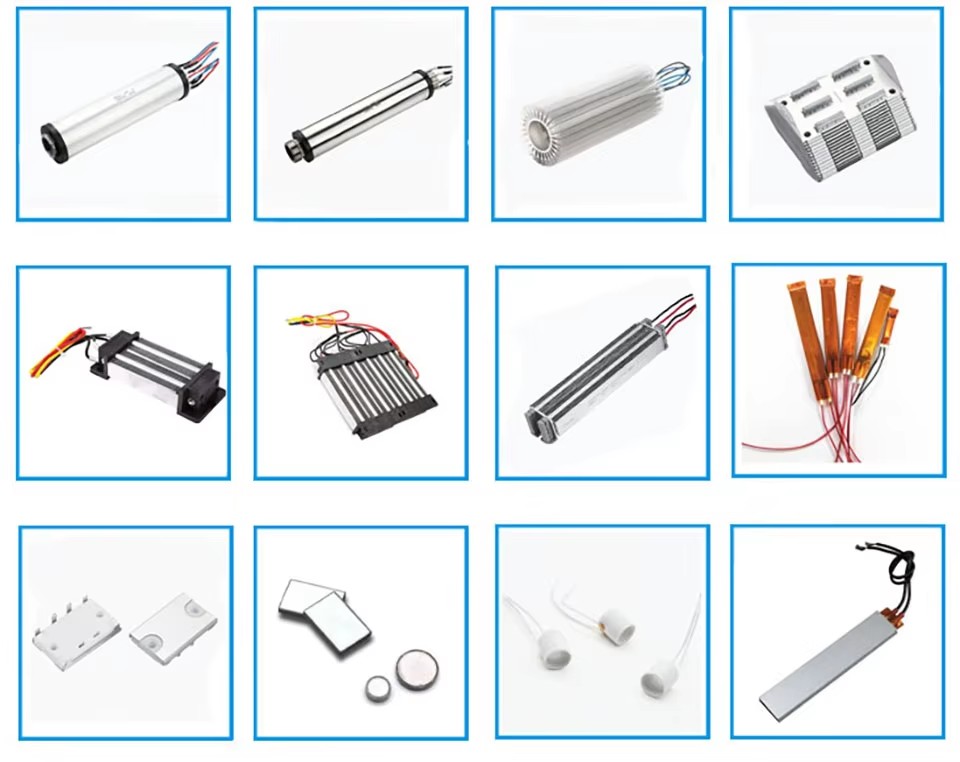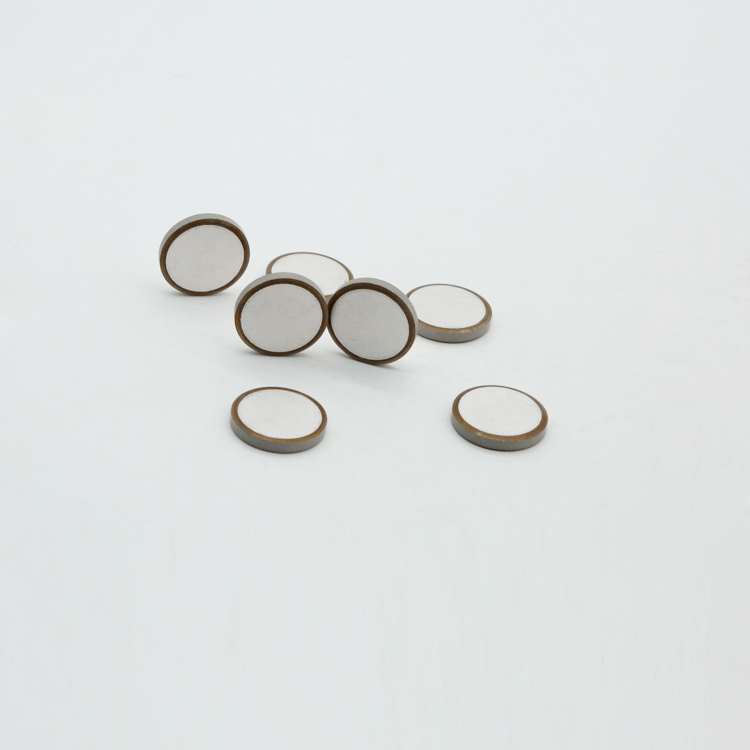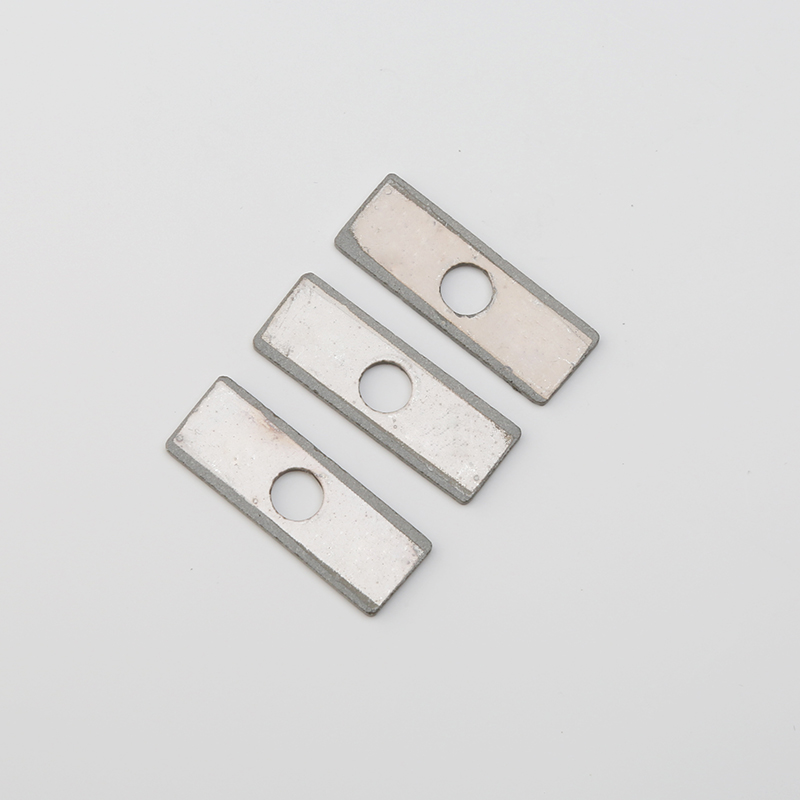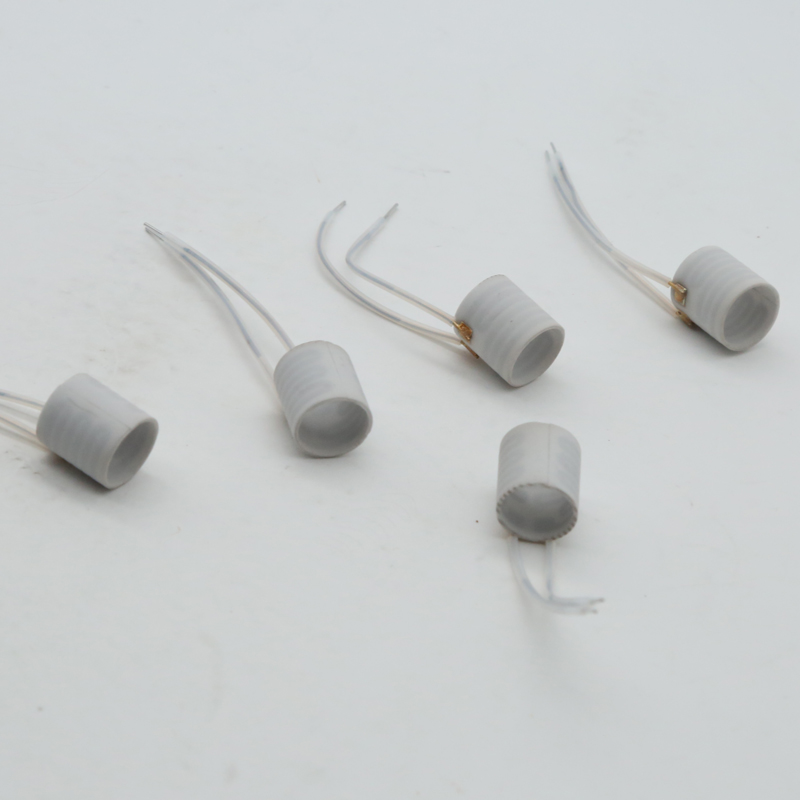Product Description
Thin PTC heating sheets (ultra-thin PTC heating elements) draw on unique structural and material properties and demonstrate significant advantages in multiple application scenarios. The following is an analysis of its core advantages:
1. Light, flexible and highly functional
-Small size: The thickness can reach 0.1~1mm , suitable for space-setting scenarios (such as smart wearable devices and precision instruments).
-Flexible design: partially bendable (such as thin film PTC ), and can conform to curved structures (such as automotive heat treatment and medical treatment equipment).
-Easy to integrate: can be directly pasted or embedded into the device, simplifying the integration process.
2. Fast response and efficient heating
- Low thermal capacity: The structure has low thermal inertia and starts up quickly within 3 to 10 seconds after power-on, improving the user experience (such as instant hot water dispensers).
- Uniform heating: By optimizing the electrode design, local overheating is avoided and the temperature distribution is more uniform (such as LCD screen defogging).
3. Energy saving and safety
-Self -control temperature characteristics: When the temperature of the PTC material rises, it automatically limits the power and consumes additional temperature control circuit.
- Over-temperature protection: Even if it is defective, it will not overheat and burn (safer than traditional heating wire).
-Low voltage drive: Some PTCs support 5V/12V DC power supply, suitable for portable devices (such as mobile battery heating).
4. Durability and stability
- No oxidation problems: ceramic or polymer materials are corrosion-resistant and have a long service life (up to tens of thousands of hours).
- Mechanical damage resistance: Structural treatment (such as silicone or polyimide coating) to resist vibration and impact.
5. Wide range of application scenarios
-Consumer electronics: front-mounted batteries for mobile phones / drones, and smart heated seats.
-Medical and health: physical therapy protective gear, portable hand warmers.
-Automotive: road surface heating, electric vehicle battery thermal management.
-Industrial equipment: constant temperature for precision instruments and antifreeze for pipelines.
6. Environmental protection and compliance
-Lead -free and pollution-free: Complies with RoHS/REACH and other environmental protection standards.
-Low EMI interference: little impact on surrounding electronic equipment.
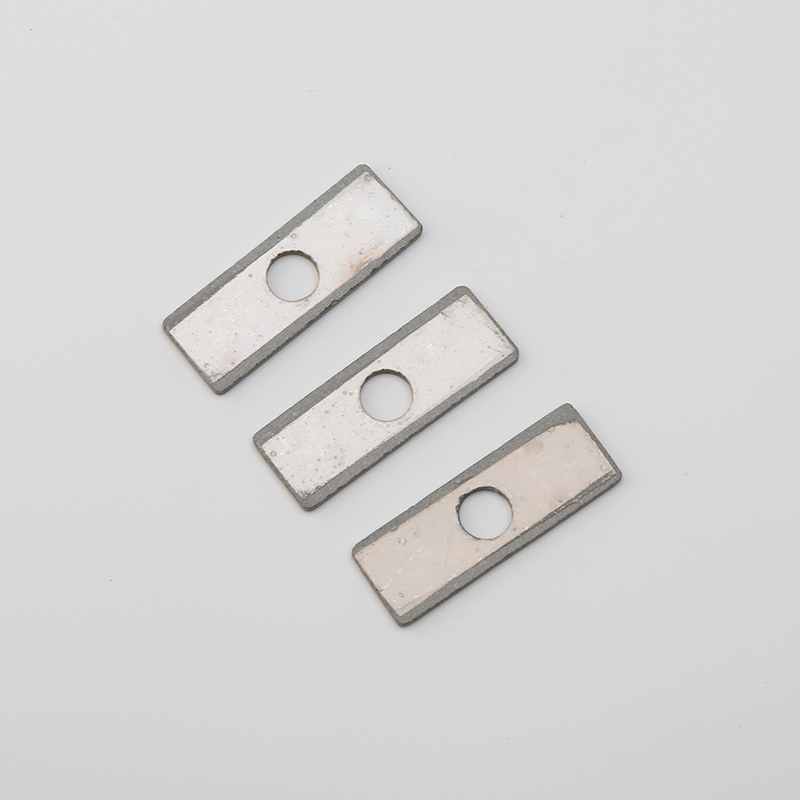
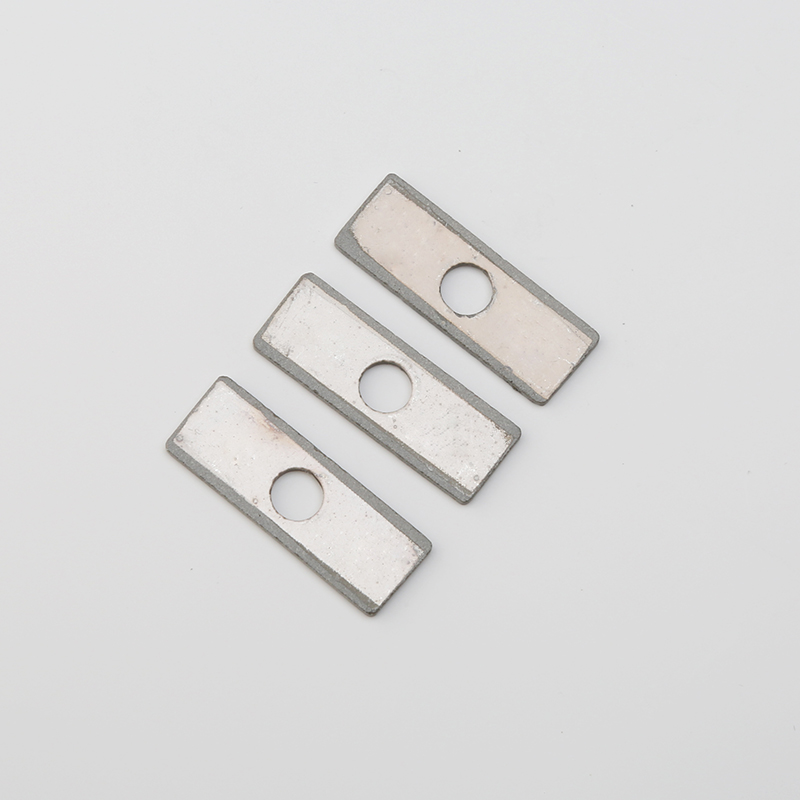
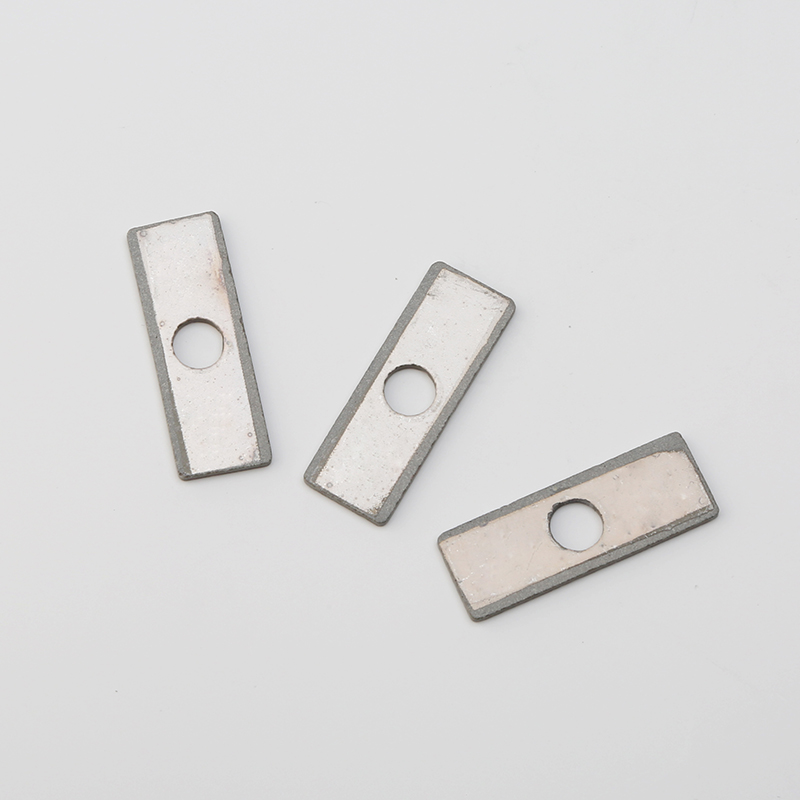
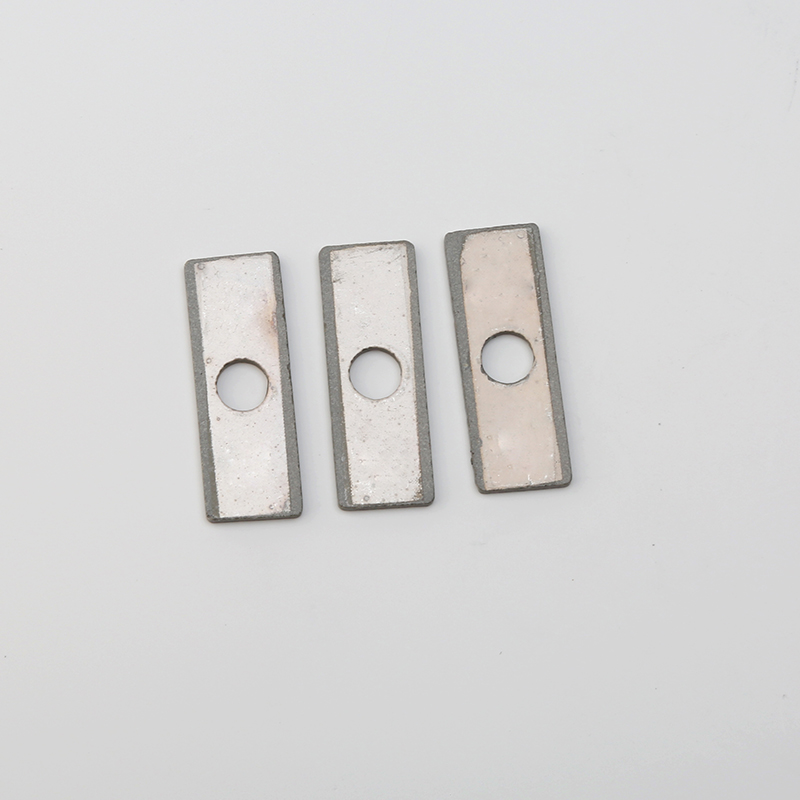
Disadvantages compared to traditional heating elements
- High cost: PTC materials (such as titanate power ceramics) are more expensive than metal resistance wires.
-Power setting: Ultra-thin design may sacrifice some power density, which needs to be compensated by area.
Applicable scenario suggestions
If your product requires fast response, safe and precise temperature control, thin PTC heating elements are ideal, especially for high value-added or space-sensitive applications.
